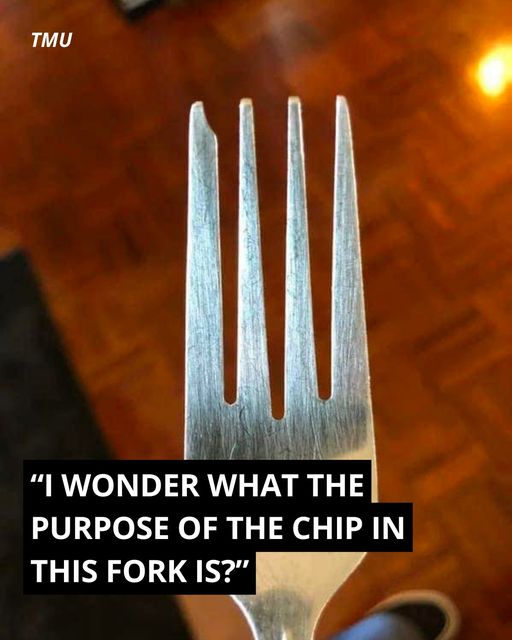Length: About 7 inches for main courses in all meals.
Continental size: Slightly larger for formal events.
American size: About ½ inch shorter for informal settings.
FISH FORK
Length: 7¼ to 7¾ inches, for fish with an extra wide left tine and optional notch.
LUNCHEON FORK
Length: About 6¾ inches, found more often in older sets of flatware.
FRUIT FORK
Length: About 6¼ inches, used more often in Europe for cut fruit.
SALAD FORK
Length: About 6 inches, with flatter and slightly broader tines for cutting thick lettuce or veggies.
Sometimes grooved or connected by a rod.
Used in formal and informal dining, also for appetizers.
DESSERT FORK
Length: 6 to 7 inches, narrower than a salad fork.
For cutting firm desserts, used in formal and informal dining.
ICE-CREAM FORK
Features a wide shallow bowl with three tines.
Used to scoop and eat soft ice cream.
PASTRY FORK
Length: 5 to 5½ inches, narrower with a notched left tine.
Used in informal dining for cutting pastries.
SEAFOOD FORK
Length: 4½ to 5½ inches, small, three-pronged fork.
Used for spearing seafood in both formal and informal dining.
STRAWBERRY FORK
Made with three long narrow tines.
Used for piercing strawberries and dipping in condiments.
Used in formal dining for eating prepared snails.
OYSTER FORK
A small utensil with three short, wide curved tines.
Used in informal dining for extracting oyster meat.
Now, armed with this knowledge, you can enjoy your next slice of cake with a newfound appreciation for your trusty cake fork’s functional and prac
ADVERTISEMENT
